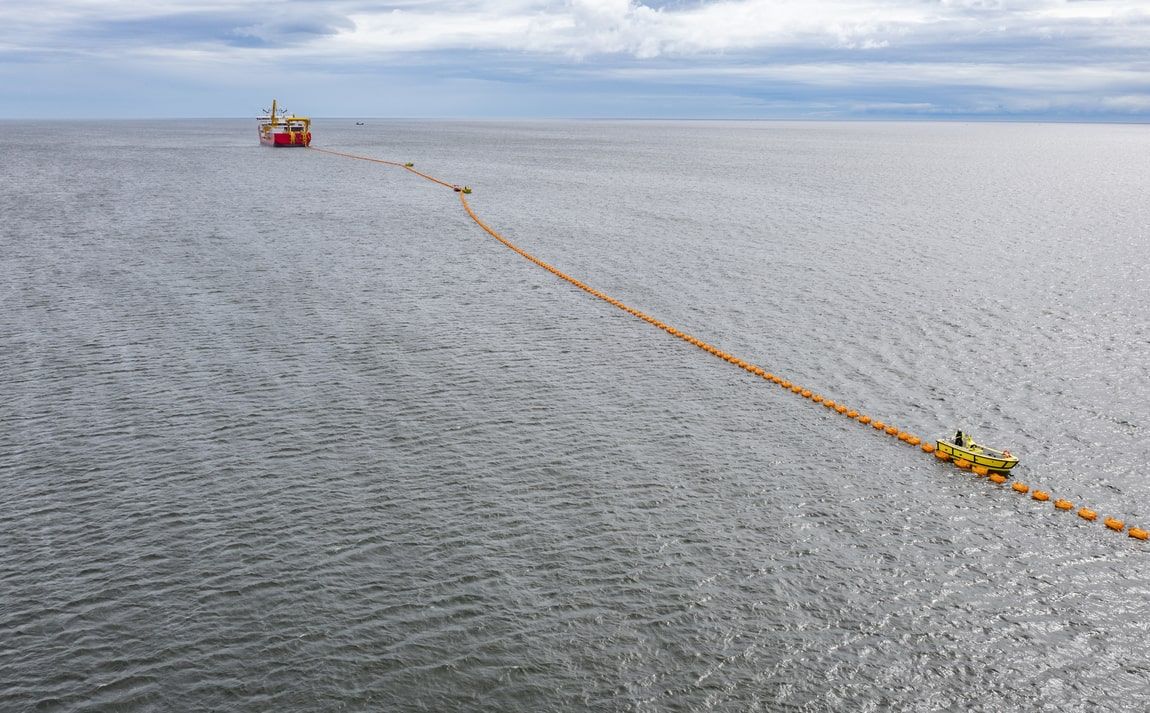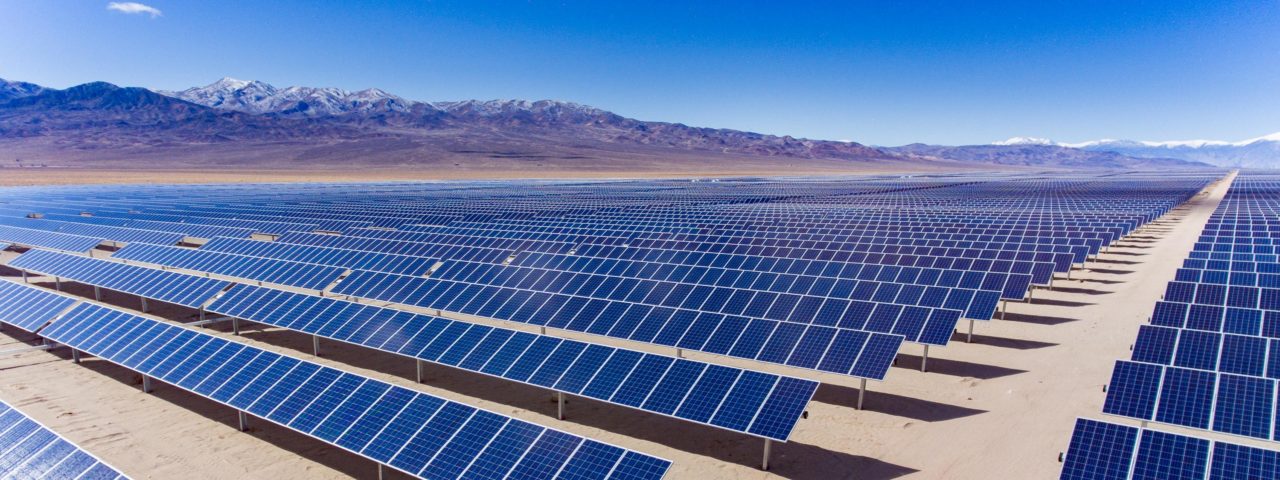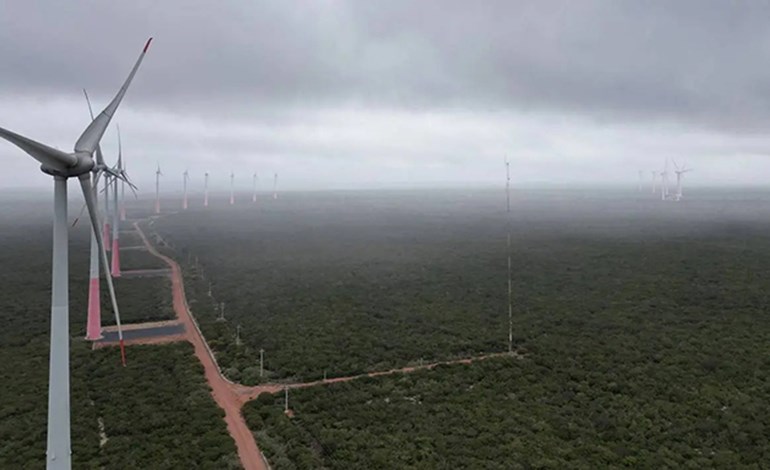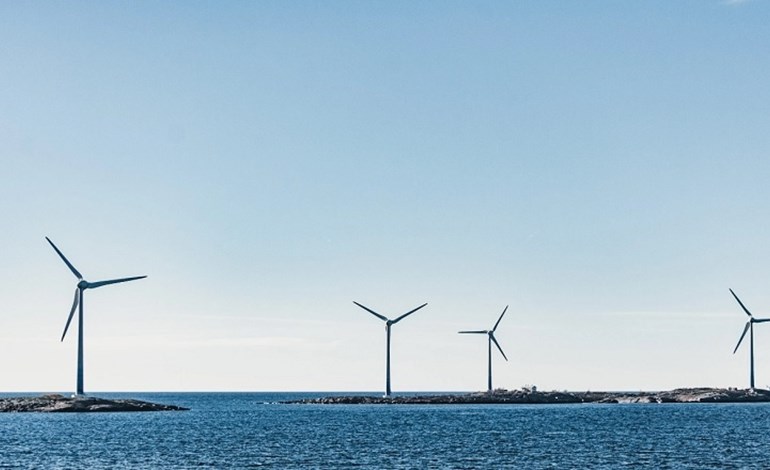Electrification cable manufacturer Nexans has been awarded a monumental contract worth €1.43 billion (US$1.59 billion) for a significant portion of the EuroAsia Interconnector subsea cable project. This ambitious endeavor will connect Greece and Cyprus, setting a global record as the world's largest interconnector of its kind.
Under the contract, Nexans will deploy cutting-edge subsea 525kV HVDC Mass Impregnated cables spanning between the two nations. The EuroAsia Interconnector project, when completed, will consist of two extensive “poles,” each spanning an impressive 900 kilometers on the Mediterranean seabed, reaching depths of more than 3,000 meters.
The primary objective of this landmark interconnector is to enable the seamless transfer of up to 1,000 megawatts (MW) of power between Greece, Cyprus, and Israel. This unprecedented milestone aims to bolster the energy security of Cyprus, which has previously faced isolation in the realm of energy supply. With a scheduled completion date set for 2029, the project signifies a momentous step towards fostering cooperation and resource-sharing between these nations.
Nasos Ktorides, the CEO of the EuroAsia Interconnector, expressed pride in the 12 years of arduous efforts dedicated to bringing this visionary project to fruition. The interconnector holds the promise of placing Cyprus firmly on the world energy map while ending its energy isolation. Additionally, Israel, as a key participant in the project, will also benefit immensely from enhanced energy connectivity.
The EuroAsia Interconnector's immense significance is further underscored by its designation as a leading European project of common interest, specifically under PCI 3.10. This designation grants the project expedited planning and permitting processes, increased public involvement, and reduced administrative costs. Moreover, as part of this status, the interconnector plays a crucial role in supporting the European Commission's “Green Deal” by contributing to climate and decarbonization objectives. Consequently, a substantial portion of the transferred power will originate from renewable energy sources.
The project ambitiously aspires to replicate its success on a similar 600MW subsea connection between Italy and Tunisia, which has already secured funding from the European Union in the preceding year.
Notably, Greece has emerged as one of Europe's key emerging solar photovoltaic (PV) markets. The country's solar potential and commitment to sustainable energy were highlighted in the 35th edition of PV Tech Power's downstream journal. Addressing grid constraints has been identified as a pivotal factor in unlocking the full potential of Greece's solar market, supporting its continued growth in the renewable energy sector.
With the Nexans-led EuroAsia Interconnector poised to revolutionize energy connectivity in the region, this momentous project stands as a beacon of progress, collaboration, and sustainability in the world of power transmission and distribution.







